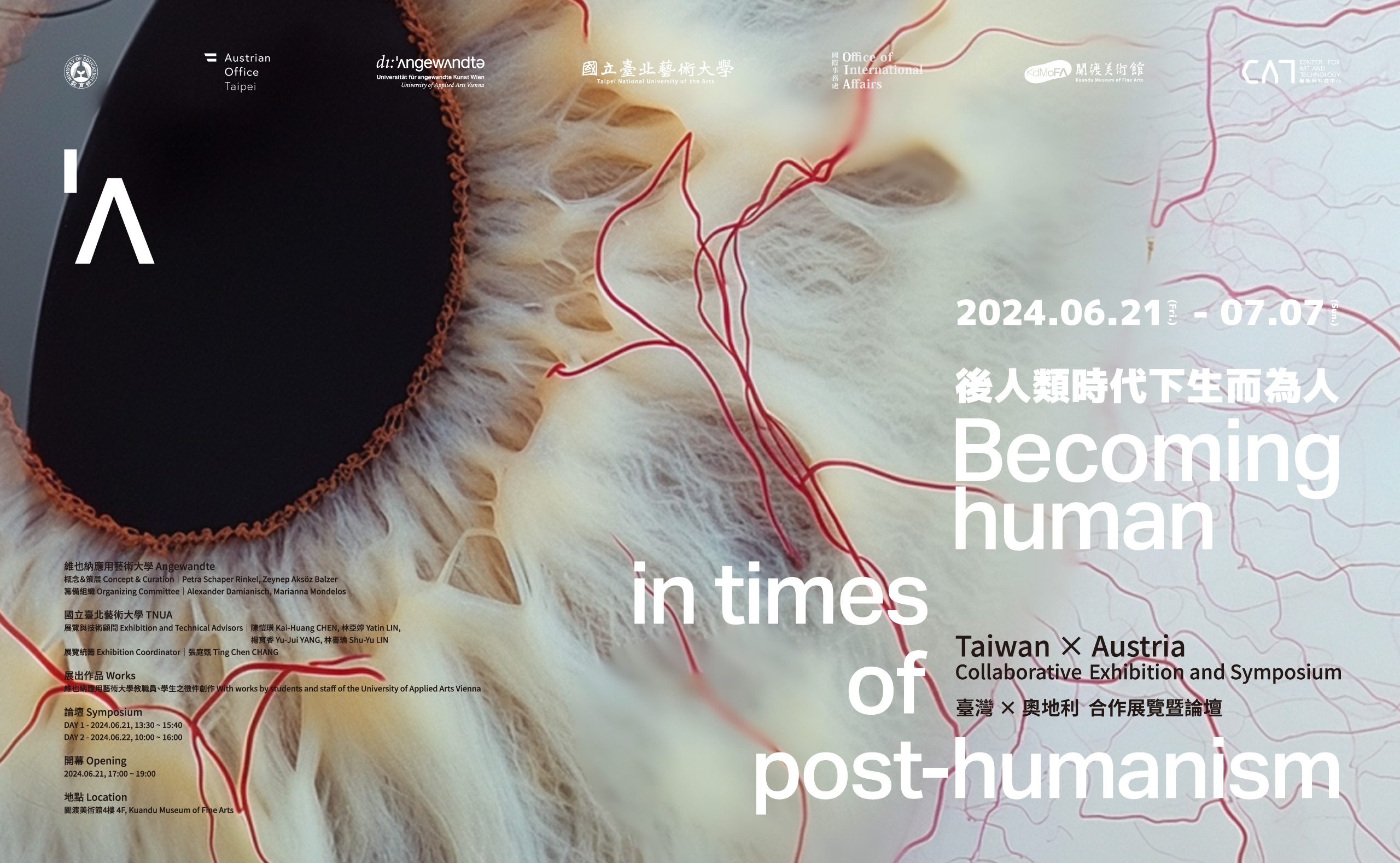In an era where the lines between technology, ecology, humans, and non-humans are blurring, where intelligence is defined from both human and non-human perspectives, and control by algorithms is becoming invisible and incalculable for humans, new questions emerge.
As the criticism of human-centered humanism became a common topic this symposium seeks new – artistic, critical, experimental - perspectives on post-humanistic discourses. This posthuman turn is based on the convergence of posthumanism, technology-deifying transhumanism and the critical view of the Anthropocene as a geological age determined by humans through the destruction of the foundations of life for all.
The critical posthumanist subject is realising its limited capacity for agency, as the posthumanist knowledge discourses have articulated a global critique of the universalist image of hu/man and human exceptionalism. These critical discourses have become powerful when animal rights and the rights of lakes and rivers have been given constitutional status in democracies. But what goes beyond the universalist idea of "hu/man" as the supposed measure of all things?
In an era when the boundaries between technology, ecology, humans and non-humans are blurring, when intelligence is defined from a human and non-human perspective and control by algorithms is becoming invisible and incalculable for humans, the question arises in new ways: what does it mean to become and remain human when the interdependent adaptations between humans and the environment they have built and designed happen interactively?
Through this discursive format, we want to explore the notion of becoming human - which is always a political question - from an interdisciplinary, art-based perspective in which ‘individuality’ is seen as an interactive process of becoming.
As adaptation becomes an ambiguous process of humans, environments, nature and technology in the context of algorithmic control processes, the understanding involves a nuanced understanding of how human beings and non-human entities continuously - and conflictually - adapt behaviors, roles and identities. The question is adaptation continuously reproduce power relations and what possibilities there are to make the power and violence relations inscribed in technologies and artificial environments visible, tangible, controllable and changeable.
At an art university that understands socio-critical discourses as a starting point for artistic practices, this question is doubly puzzling, as it is the individual, the particular individual human being, who radically and subjectively questions themselves and the world. These radical investigations are at the focus of the exhibition and symposium.
Angewandte goes Taipei: Becoming Human in Times of Post Humanism is an open format, that merges a symposium and an exhibition. It showcases Angewandte’s stance within the discursive realm of technology, techno-politics, where algorithmic processes are becoming an inseparable extension of human nature. This Event raises the question: What does it mean to be human in this context?
The exhibition serves as a dynamic portal to the University of Applied Arts, offering a multifaceted exploration of its ethos and creative endeavors. Through video presentations, a curated selection of projects from various university departments will elucidate the institution’s forward-thinking stance on the concept of "Becoming Human" in an era characterized by complex interactions between humans, non-humans, environments, nature, and technology. Central to this understanding is the nuanced interplay of adaptation among human and non-human entities within the context of algorithmic control processes.
